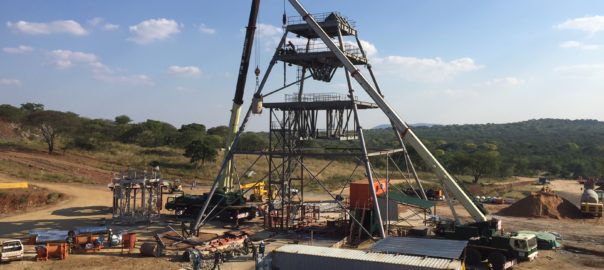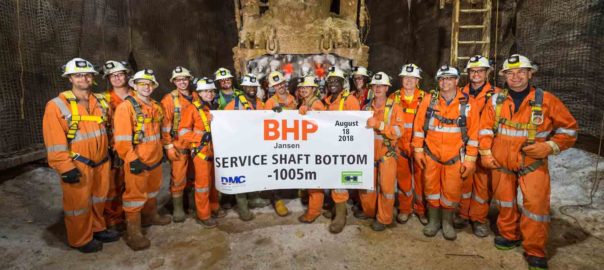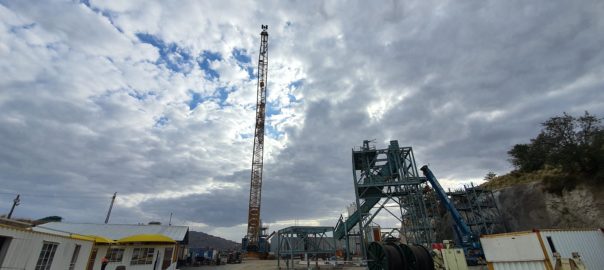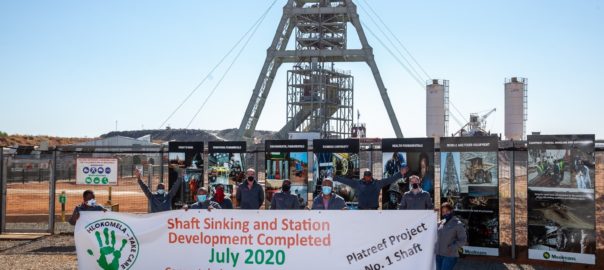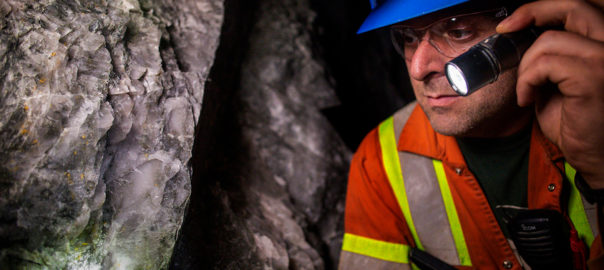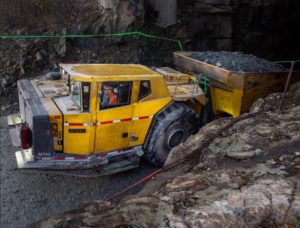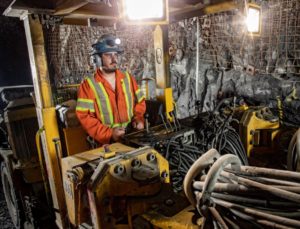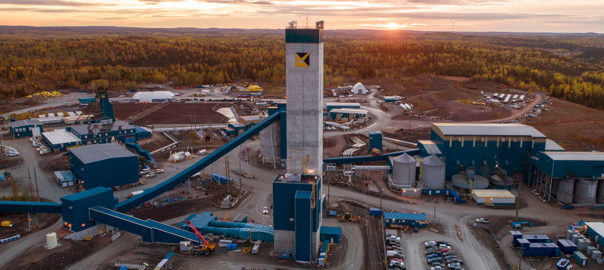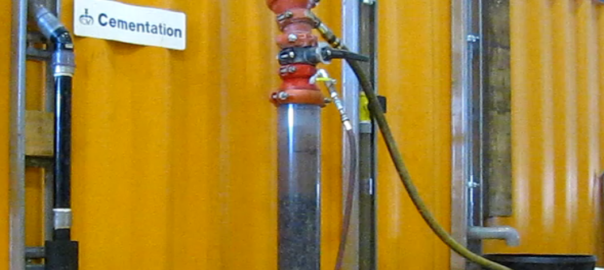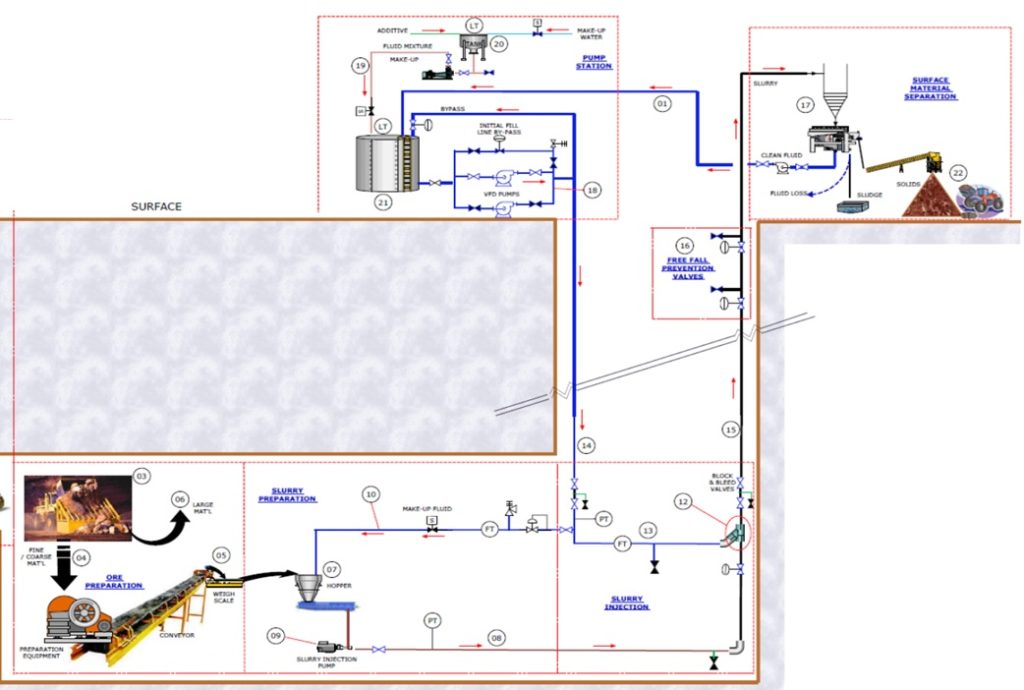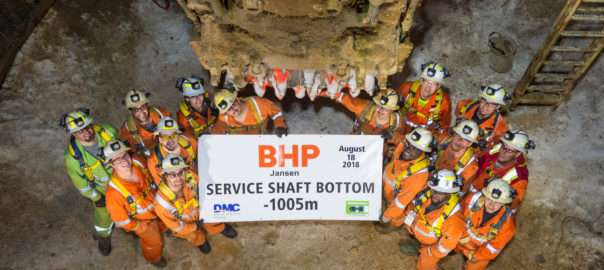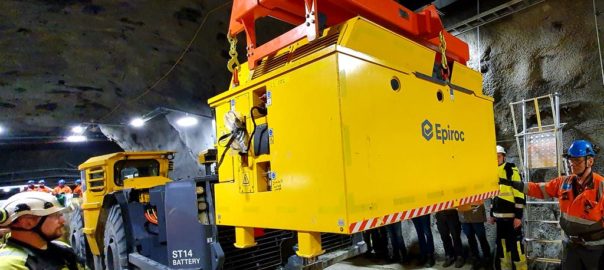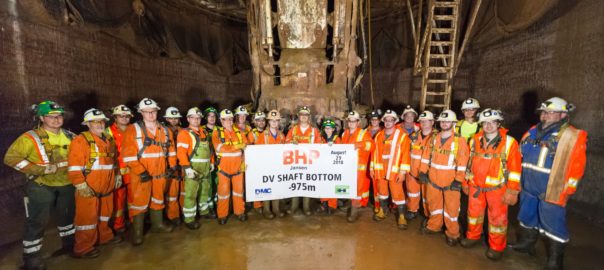Caledonia Mining says it has fully equipped the Central Shaft from its base to the surface collar at the Blanket gold mine in Zimbabwe, with commissioning on track for the March quarter of 2021.
This milestone has been completed considerably below budget and within a time frame to underpin the company’s expectation of delivering production of 80,000 oz of gold in 2022, it said.
The Central Shaft project, which extends Blanket’s life of mine to the current time horizon of 2034, was initially slated to reach a depth of 1,089 m, however, was extended to 1,204 m.
Steve Curtis, Caledonia Chief Executive Officer, said: “Shaft sinking is widely regarded as one of the most dangerous activities in mining and I am proud to report that over more than five years the crew achieved 1,850 fatality free shifts to date with only two loss time injuries (LTI) and achieving more than one million LTI-free man hours worked since the last LTI.”
He added: “Central Shaft is one of the largest gold mining investment projects in Zimbabwe and will be transformational to our business: our target production is set to increase by 45% to 80,000 oz by 2022 while our long-term all-in sustaining costs are expected to drop to $700-$800/oz. Central Shaft will also position us to step-up our deep level exploration which, if successful, may extend Blanket’s life of mine, which is currently to 2034.”
The capital cost of the project to date is around $60 million, compared with initial sinking contractor quotes received of about $100 million. The shaft work was completed by Blanket crews with supervision from Sinking Engineering Mining Construction, Caledonia said.







